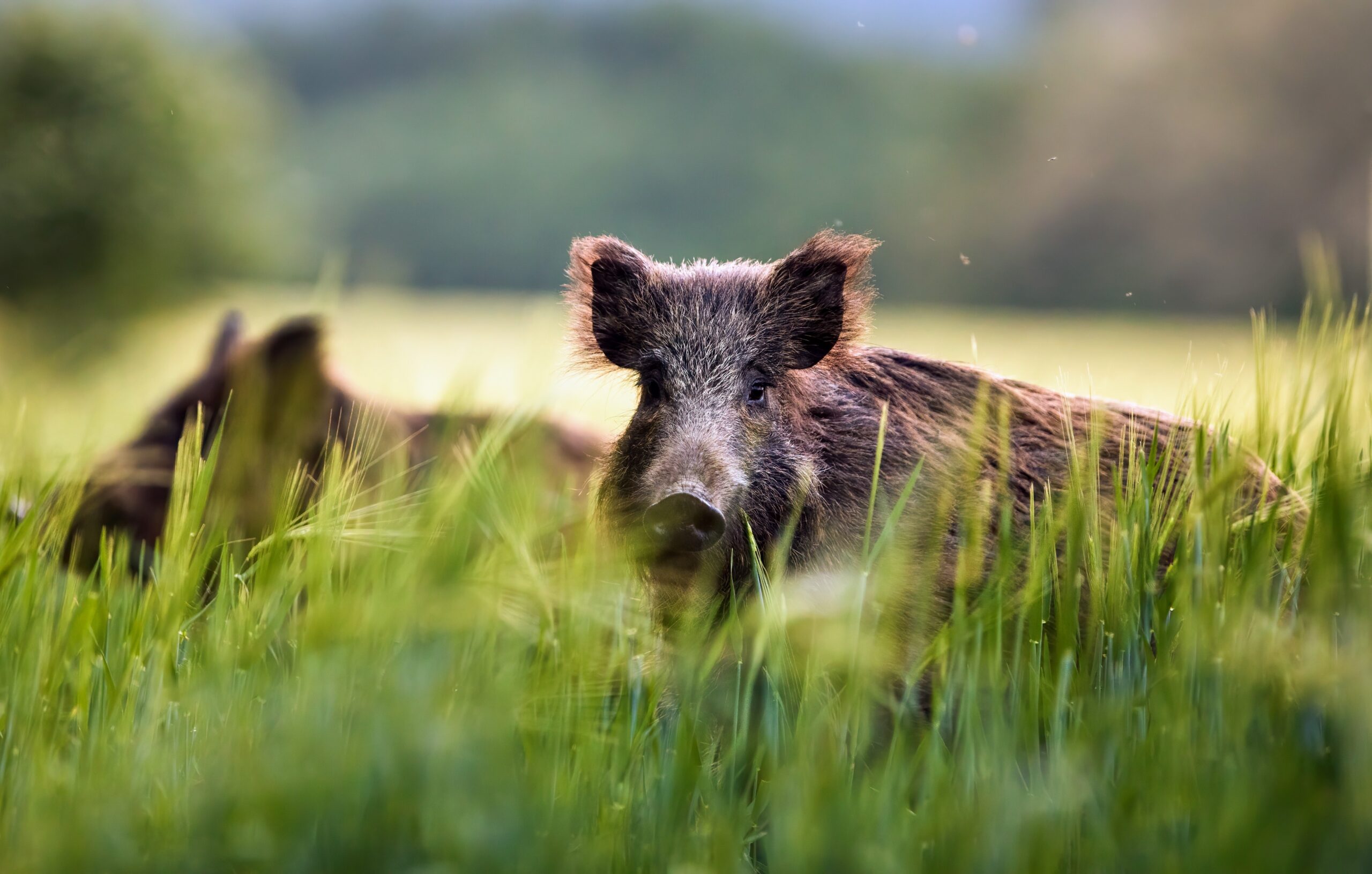
The invasion of “super pigs” in Canada presents a looming ecological and agricultural threat to the United States. These animals, a crossbreed of wild Eurasian boar and domestic swine, exhibit enhanced survival skills, adaptability, and high fertility, earning them the title of “super pigs.”
They are a product of an initiative in the 1980s when Canadian farmers were encouraged to raise wild boar. However, after the market crashed in 2001, some farmers released these pigs into the wild.
Spreading out of control
The super pigs are remarkably adept at surviving in harsh conditions, including Canadian winters. They are omnivorous, consuming crops and wildlife, and are capable of causing significant land damage.
Furthermore, they pose a risk to hog farms by potentially spreading diseases like African swine fever. Their high reproductive rate exacerbates the problem; a single sow can produce up to 12 piglets annually.
Most invasive animal on the planet
Ryan Brook, a leading authority on this issue from the University of Saskatchewan, referred to feral pigs as “the most invasive animal on the planet” and “an ecological train wreck.” Brook said that even if 65% of this population is culled annually, their numbers would continue to rise.
Hunting these pigs has proven ineffective and counterproductive, as it tends to make them more cautious and nocturnal, making eradication efforts even more challenging.
Early detection is needed
In the United States, wild pigs are already responsible for approximately $2.5 billion in crop damage annually, mainly in southern states like Texas. They also pose a direct threat to human safety, as evidenced by a fatal wild pig attack in Texas in 2019.
Eradication of wild pigs is no longer possible in Manitoba and Saskatchewan, said Brook, but the situation isn’t hopeless everywhere and a few U.S. states have eliminated them. The key, he said, is having a detection system that finds them early and fast, and then responding quickly.
Preventive measures
Brook and his team have documented 62,000 wild pig sightings in Canada. Using aerial surveys, they have spotted the pigs on both sides of the Canada-North Dakota border.
“Nobody should be surprised when pigs start walking across that border if they haven’t already,” said Brook. “The question is: What will be done about it?”
Montana has taken significant preventive measures, including banning the raising and transportation of wild pigs within the state.
“The only path forward is you have to be really aggressive and you have to use all the tools in the toolbox,” Brook said.
Eradication efforts
Various methods are being considered for controlling these populations, ranging from large ground traps to more innovative approaches like net guns from helicopters.
Crowdsourced tracking programs and potential use of poisons like sodium nitrite are also under consideration, though the latter poses risks to other wildlife species.
The U.S. is ramping up its efforts to combat this issue. The Minnesota Department of Natural Resources is preparing a report to identify gaps in their management plan and propose new preventive measures.
Increased surveillance
The U.S. Department of Agriculture (USDA) has increased surveillance along the northern border using aircraft and drones. Despite successful eradication in Minnesota in 2016, vigilance remains high.
Feral swine have been reported in at least 35 U.S. states, with an estimated population of 6 million. The USDA’s National Feral Swine Management Program, initiated in 2014, has provided funding to 33 states, focusing on eradication in areas with emerging populations and damage control in states with established populations.
While significant progress has been made in some states, complete eradication is not anticipated in the near future. The situation calls for a concerted effort and utilization of a variety of strategies to mitigate the threat posed by these super pigs.
Like what you read? Subscribe to our newsletter for engaging articles, exclusive content, and the latest updates.
—-
Check us out on EarthSnap, a free app brought to you by Eric Ralls and Earth.com.
